
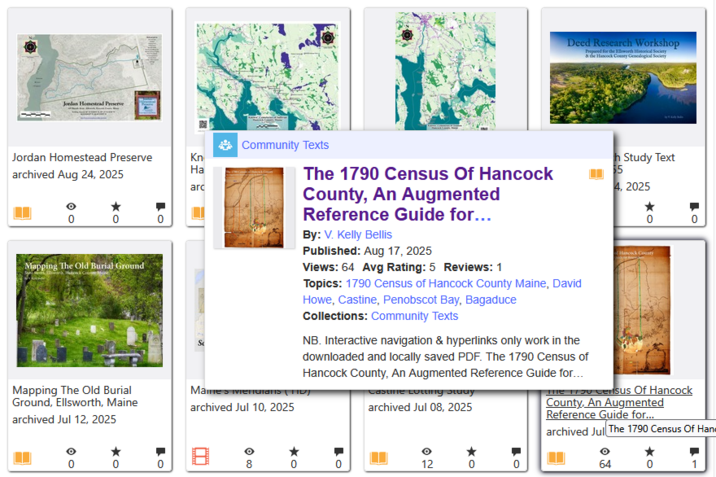
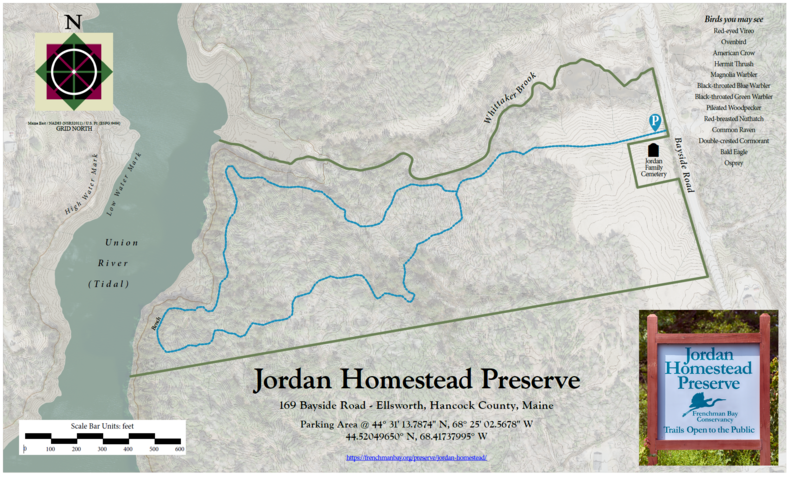
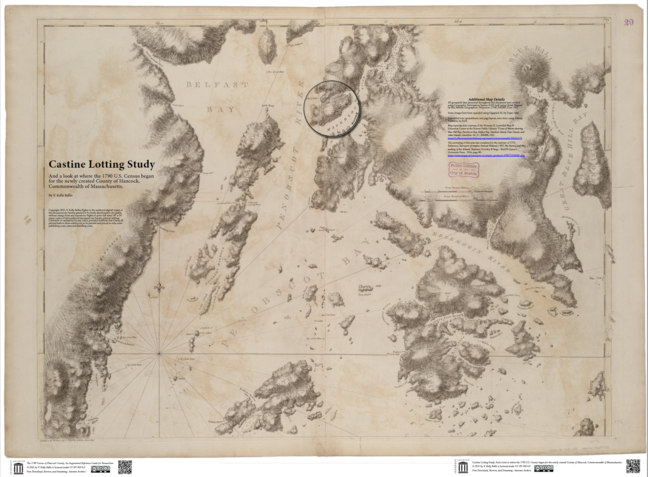
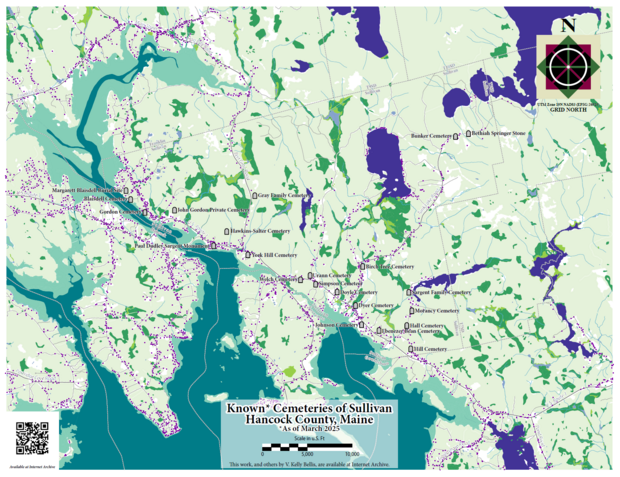
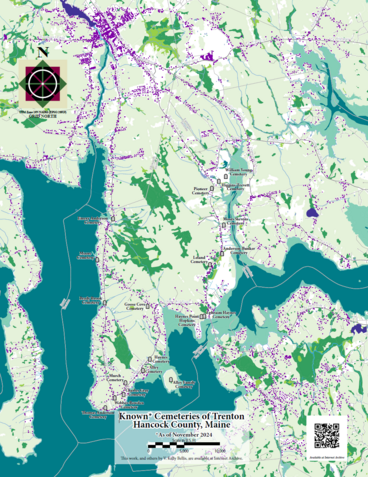
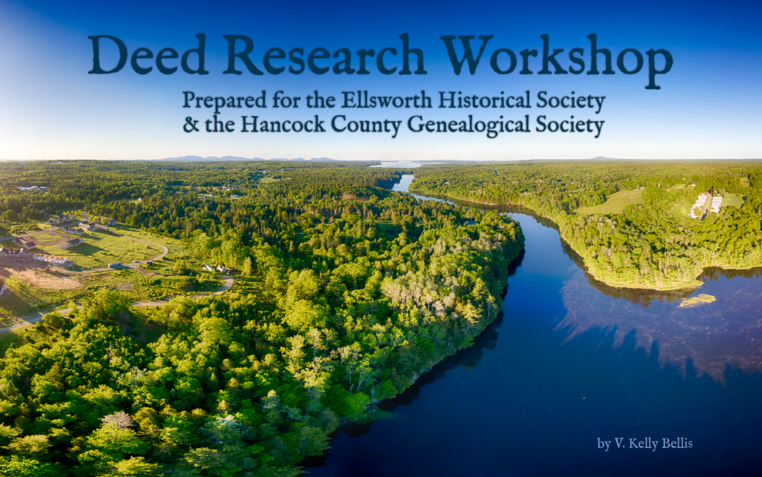
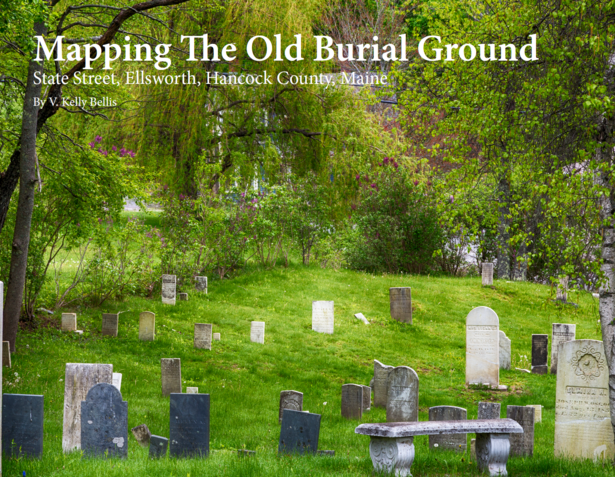
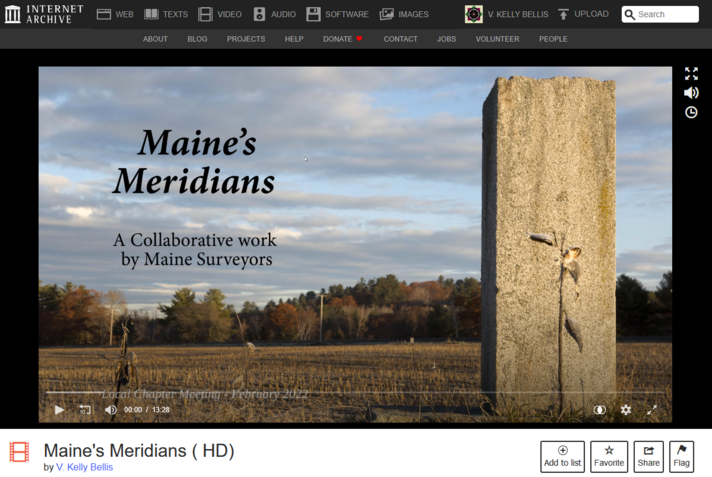
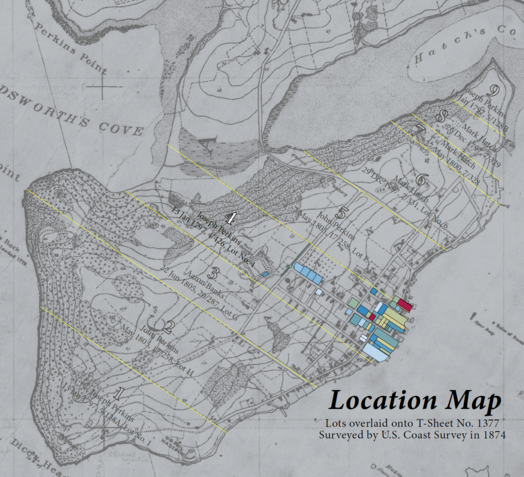
Home >
Research >
Panocea Labs
Also listed in: Books, Genealogy, Land Records
Land records research and genealogical research are complementary fields of study for digging into local history. These are some of my recent explorations, the digital versions of which are all completely free to download from Internet Archive: https://archive.org/details/@kelly_bellis
Printed hard copies of Mapping The Old Burial Ground are available from Ellsworth City Hall. Printed hard copies of The 1790 Census of Hancock County, An Augmented Reference Guide for Researchers are available for purchase directly from Downeast Graphics & Printing (https://square.link/u/oyGFWh3h). I receive no royalties or commissions from either of these books to help keep this historical information as accessible as possible.
This review was submitted to me by Joe C. Anderson who graciously permitted me to include it as the Foreword:
Foreword
Kelly Bellis’s new book offers a detailed exploration of the creation of the 1790 Census in Hancock County, Maine. The narrative centers on David Howe of Castine, the appointed enumerator tasked with conducting the census. Howe’s assignment required him to personally visit nearly 2,500 families scattered across 24 towns and communities, covering more than 800,000 acres. Remarkably, he completed the work within eight months—from late summer through the end of March—enumerating a total of 9,550 individuals, including 38 persons of color. This accomplishment was made all the more impressive by the conditions of the time: maps were scarce or nonexistent, travel was undertaken on foot, horseback, or by boat, and Howe’s schedule included the coldest months of the year.This is a scholarly account of the census process, supported by more than 400 endnotes providing full documentation for every statement of fact. Equally compelling are the book’s striking visuals: maps, tables, portraits, and images of original census pages appear throughout, offering readers a vivid complement to the text. These illustrations serve as a fascinating visual guide to Howe’s journey across the county. Additional appendices supply detailed breakdowns of census data for each town, along with a comprehensive genealogy of David Howe’s family spanning six generations.
One of the most engaging features is a map tracing Howe’s route. He began by enumerating his own household in the town of Penobscot (which included today’s Castine), then continued through the rest of Penobscot to the islands of Vinalhaven and Deer Isle, before returning to the mainland and making his way through the remaining communities. Though beyond the scope of this study, it would be possible—and intriguing—to estimate when Howe visited each town by analyzing the census data. For instance, if a child was born in early January 1791 and does not appear in the family’s census record, one could conclude that Howe passed through before the birth; if the child is listed, then his visit must have occurred later.
This book is highly recommended for anyone interested in the process of conducting the nation’s first census, particularly for a remote county in Maine.
Joseph C. Anderson II, FASG
Editor, The Maine Genealogist